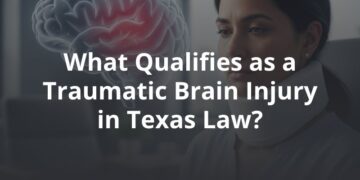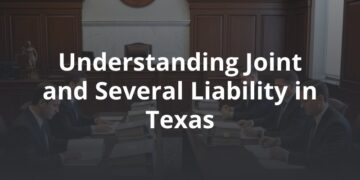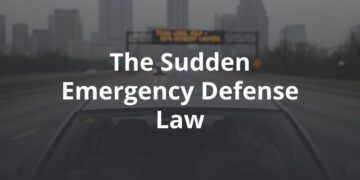It is a common misconception that not exceeding the speed limit means that you are driving safely. While speed is a factor in some of the over 4,800 fatal truck crashes that took place in 2020, for others, both the trucker and the driver were not exceeding the speed limit.
Just because a trucker is going the speed limit does not mean that they are driving safely. Therefore, what is a “safe” speed for a commercial truck depends on certain circumstances.
Why Speed Matters in Trucking Crashes
When any collision happens, energy is transferred from the striking vehicle to the vehicle that is hit. This energy is what causes damage to vehicles and injuries to people, and it depends in part on the size, mass, and speed of the striking vehicle.
Commercial trucks are far larger and have a greater mass than passenger cars, which means that they will cause greater damage and injuries. The potential damage a truck can inflict grows exponentially the faster the truck is traveling before impact.
Texas Highway Speed Limits
Texas speed limits range from 15 miles per hour in alleyways to 85 miles per hour on Texas State Highway 130, between Highway 45 and Interstate 10.
Between these extremes, the following speed limits generally apply:
- Interstates will generally have a speed limit of 75 mph to 80 mph
- State highways have a speed limit of 70 mph outside of urban areas
- County roads and non-numbered state highways have a 60 mph speed limit
- The speed limit is 30 mph in residential and business districts
At night, some roads have a speed limit slightly lower than the normal speed limit due to reduced visibility. Violating these speed limits can submit a motorist or trucker to a speeding ticket and accompanying administrative penalties.
How Fast Should a Trucker Drive Their Rig?
There is no one speed that is safe for all commercial trucks in all situations. In some circumstances, it is safe and reasonable for the truck driver to travel at the speed limit. However, in other cases, driving the speed limit can be dangerous.
These speed limits should serve as a maximum limit, and truck drivers should reduce their speed when the situation warrants it.
For example, a truck driver should slow down and drive below the speed limit when:
- Visibility is poor, such as during inclement weather or at night
- It is raining, snowing, or there is ice present on the roadway
- There is heavy traffic congestion
- Approaching and traveling through a construction work zone
- Approaching curves, hills, or steep inclines that can obscure the driver’s vision
If a crash does result, the trucker’s speed and the road conditions will both be taken into account when deciding if the trucker was negligent. A truck driver is not necessarily driving reasonably if they are following the speed limit but ignoring what is going on outside of their cab.
The Importance of Road Conditions and Other Factors for Texas Truck Drivers to Consider
Although speed limits reflect estimates of what a maximum safe allowable speed for drivers is, they cannot account for factors such as poor visibility or heavy traffic. Traveling the speed limit is safe in many cases, but it’s important to also consider current road conditions to make the best judgment of the safest speed to drive.
For commercial truck drivers, paying attention to these factors and reducing speed when necessary can help them avoid truck accidents and create safer roads for everyone.
Contact Our Truck Accident Law Firm in Austin, TX
If you’ve been injured in an accident in Austin and need legal help, contact our Austin truck accident lawyers at FVF Law to schedule a free consultation with our team.
FVF Law
3101 Bee Caves Rd #301
Austin, TX 78746, United States
(512) 982-9328






